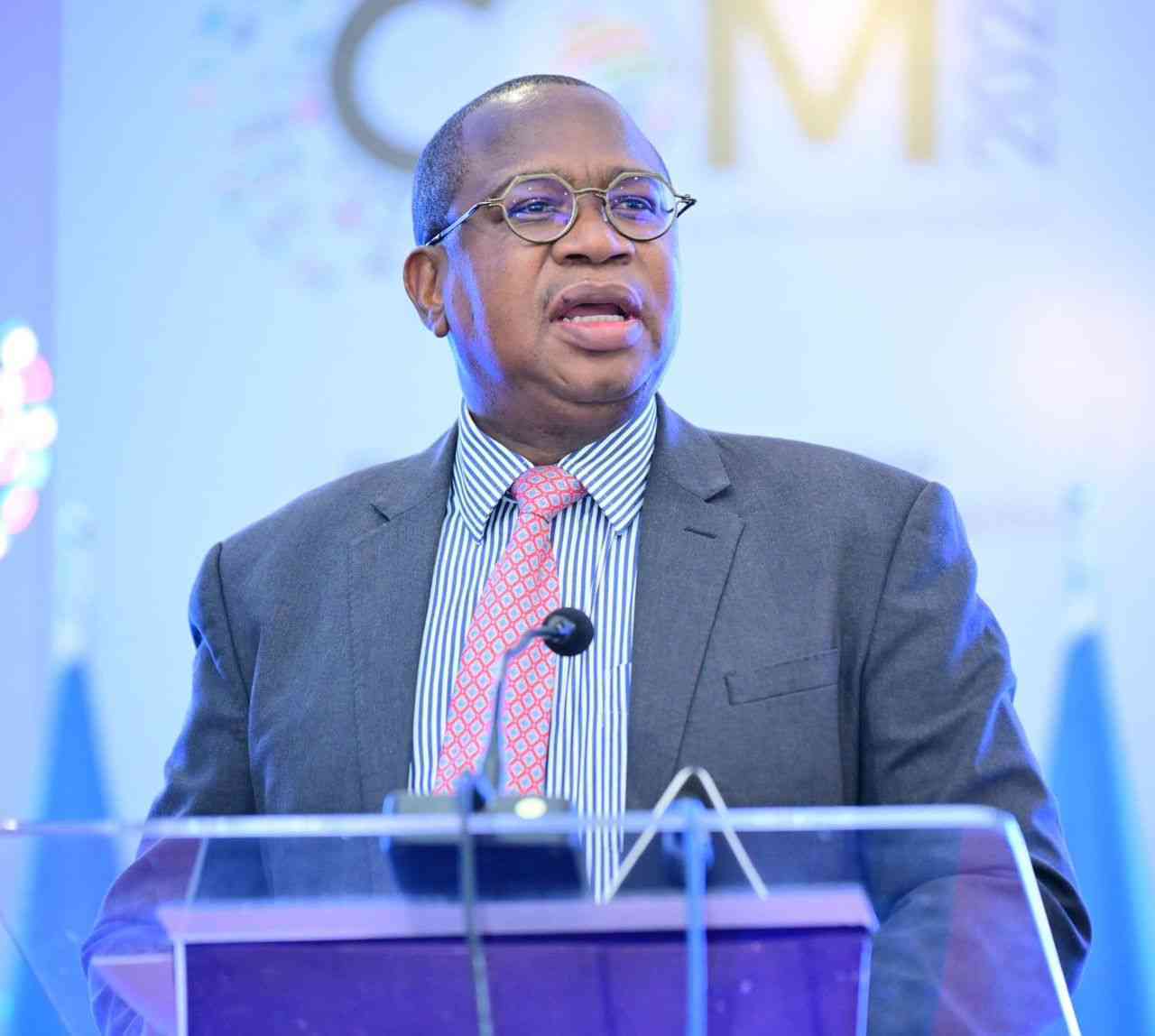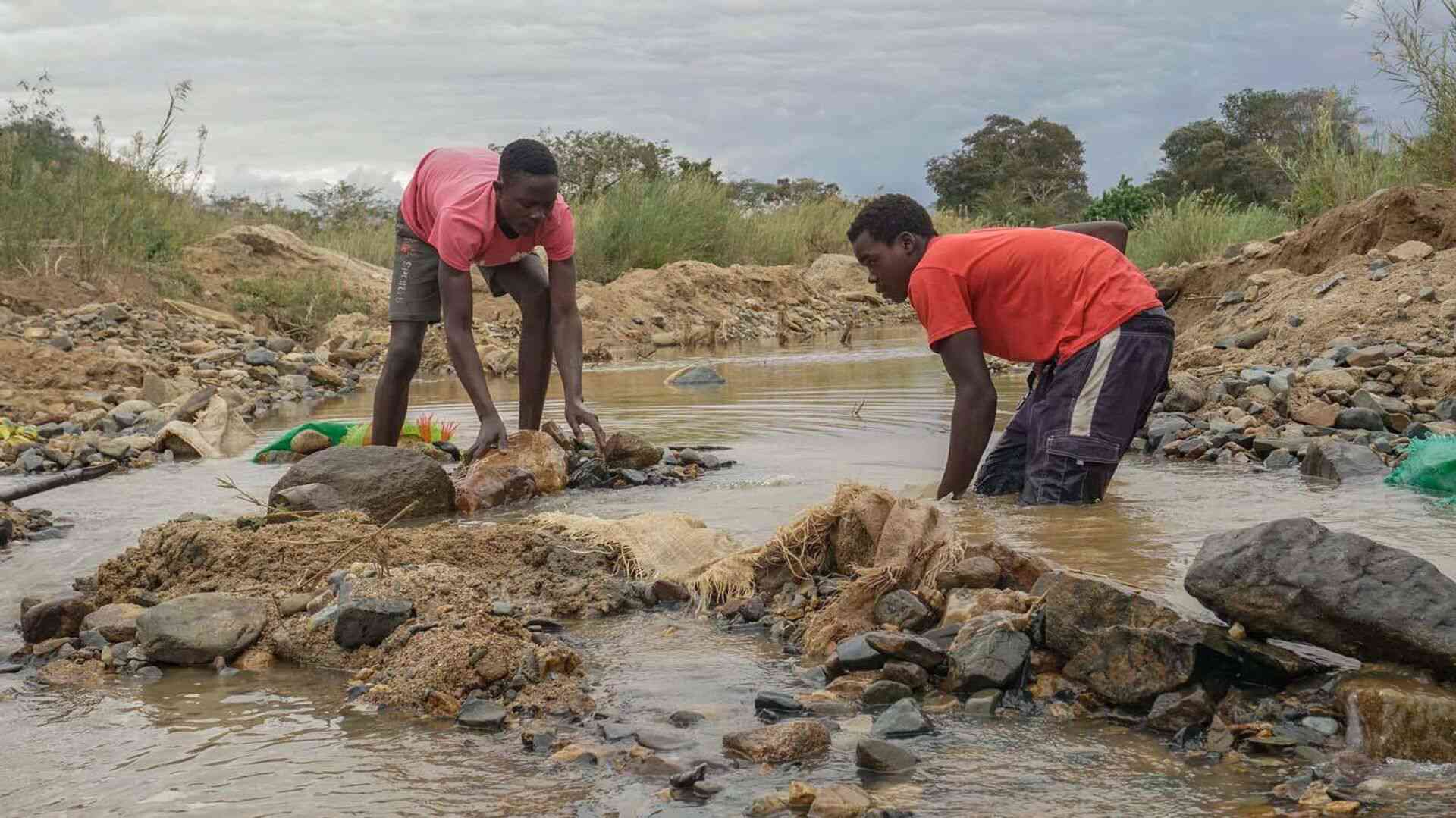
THE year 2022 has been a difficult year for the country economically on account of a number of both external and internal factors.
The economy continues to face structural challenges that include: chronic high inflation; erratic growth pattern; high levels of informality; a huge competitiveness gap; inadequate infrastructure; weak institutions; challenging doing business environment; high levels of public indebtedness; high inequalities; high levels of food insecurity; and high levels of poverty.
The annual inflation rate rose from 60,61% in January 2022 to 191,6% in June and 268,8% in October and slowed down to 255% in November, the highest annual inflation rate in the world (Sudan’s October annual inflation rate was 102,6%; Lebanon 158,46%; and Venezuela 155,80%).
In Zambia, annual inflation rate in November 2022 was 9,8%, in South Africa annual inflation rate in October 2022 was 7,6%, while in Botswana it was 13,1%.
Across the world, inflation has been on the rise on account of rising commodity prices and supply-demand imbalances. In the US, inflation rate was 7,7% in October 2022; in the United Kingdom inflation rate was 11,1% in October (the highest rate ever); in the European Union inflation reached an all-time high of 11,5% in October (the highest rate ever).
The main drivers of inflation in Zimbabwe are money supply growth, exchange rate developments, and energy and fuel price developments.
For instance, broad money supply (M3) stock on an annual basis rose by 426% from ZWL$364,6 billion in September 2021 to ZW$1,9 trillion in September 2022.
The growth in broad money generates excess aggregate demand in the economy which further stokes up inflationary pressures.
- Mavhunga puts DeMbare into Chibuku quarterfinals
- Bulls to charge into Zimbabwe gold stocks
- Ndiraya concerned as goals dry up
- Letters: How solar power is transforming African farms
Keep Reading
However, a combination of the increase in the bank policy rate from 80% to 200% with effect from June 27; the introduction of gold coins; and value for money audits to enhance the efficiency of public spending and plug leakages in public procurement have contributed to the slowdown in both monthly and annual inflation being experienced in the economy over the past few months.
The chronic high inflationary environment continues to erode real incomes. The proportion of the working poor has increased markedly with average salaries lagging behind the poverty datum line (PDL).
The average minimum wage in Zimbabwe as at November 2022 was about ZW$98 000 (US$131-155 at the prevailing exchange rates).
In South Africa, according to the Quarterly Employment Statistics (QES) for June 2022, the average monthly earnings (including bonuses and overtime payments) was R24,578 (US$1,586) in May 2022.
The country has been experiencing an erratic and skewed growth pattern. Growth has not been fast and inclusive enough to absorb the growing working age population and to have a significant poverty reduction impact.
Economic growth for the year 2022 is officially projected at 4%, down from 7,8% in 2021; the 2022 official growth projection is above the projections by the IMF (3,5%) and the World Bank (3,7%).
The agriculture sector is projected to decline by a massive -14,1% in 2022 from an estimated 17,5% in 2021. The agricultural sector continues to overly rely on rainfall which has left the sector and the economy in general vulnerable to climate induced shocks.
Increasing investments in rural infrastructure such as rural feeder roads, electricity, and irrigation, is therefore critical to climate proof the economy as well as to make land more productive and to allow the rural poor to connect to markets for their goods and for the inputs to their own production.
The structure of the economy has contributed to the high levels of poverty and inequality in Zimbabwe.
Zimbabwe has a dual and enclave economy, with a small formal economy existing in juxtaposition with a predominant informal economy.
Most of the labour force is employed in the informal economy. Informal employment has continued to increase from 75,6% in 2019 to 88% as at Q2 2022. Informal employment is often characterised by lower productivity, lower pay, limited social protection coverage, high levels of working poverty, and poor working conditions in general.
More importantly, high levels of informality limit the capacity of the state to sustainably mobilise domestic resources and also effectively deploy micro and macro-economic policies, such as the National Budget to promote decent work.
The lack of sufficient full, productive and decent jobs is complicating efforts to end poverty. Estimates from the World Bank show that the number of extremely poor Zimbabweans reached 7,9 million — almost 49% of the population in 2020, up from 42% in 2019.
Inequality is on the rise, according to the mini-PICES from Zimstat, the Gini Index rose from 44,7% in 2017 to 50,4% in 2019.
The richest 10% of the population consumes 40% of the total national consumption. The poorest 10% only consume 2% of the total national consumption.
A combination of the below average 2021/22 agricultural crop production and the macroeconomic instability typified by chronic high inflation have exacerbated food insecurity within the country.
According to the World Food Programme HungerMap LIVE, the number of estimated people with insufficient food consumption increased from 5,4 million in the first week of July 2022 to 5,6 million during the third week of September 2022 and 5,9 million during the second week of December.
According to the World Bank Food Security Update, Zimbabwe had the highest nominal annual food price inflation of 321% in October 2022 (up from 65,4% in November 2021), followed by Lebanon (240%) and Venezuela (131%).
The challenging doing business environment has continued to limit the potential of the country to attract greater investment and capital inflows into the country.
According to the 2022 edition of United Nations Conference on Trade and Development’s (UNCTAD) World Investment Report, FDI inflows into Zimbabwe stood at US$66 million in 2021, down from US$194 million in 2020, US$280 million in 2019, and US$745 million in 2018.
Notwithstanding the challenging doing business environment, according to the State of the Industry and Commerce Survey by the Zimbabwe National Chamber of Commerce (ZNCC), capacity utilisation in industry and commerce increased by 15,5% in 2022 to 63% from 45,5% in 2021, on the back of performance in information and communication technology, transportation and storage, and mining and quarrying, where capacity was above 75%.
The country remains in debt distress with total public and publicly guaranteed debt amounting to US$17,6 billion as at end of September 2022, up from US$17,2 billion as at end of December 2021 (representing a 2,3% increase).
The increase is attributed to new disbursements for ongoing projects and RBZ borrowing, as well as continuous accumulation of penalties.
Total domestic debt, as at end September 2022 amounted to ZW$2,23 trillion, comprising Treasury Bills — ZW$44,44 billion, Treasury Bonds — ZW$11 billion, domestic arrears to service providers (which are currently undergoing value for money audits) — ZW$3,82 billion and compensation to former farm owners — ZW$2,17 trillion.
The September 2022 public debt figure of US$17,6 billion (ZW$10,947,2 billion) represents 104% of Gross Domestic Product (GDP).
This is higher than the 70% threshold provided for in the Public Debt Management Act (Chapter 22:21) and the Sadc Regional Indicative Strategic Development Plan (RISDP) Public Debt-to-GDP Macroeconomic Convergence Target of 60%.
The high public debt represents an impediment to sustainable economic growth and employment creation in the economy. The huge debt stock has reduced the availability of both local and external resources for health-related investments.
The cost of servicing the debt continues to crowd out fiscal resources that could have been invested in critical social services such as health care and education.
As a result, government spending on critical sectors such as health remains relatively low.
Key state institutions remain weak and in urgent need of reform. In particular, state-owned enterprises (SOEs) and parastatals are facing financial difficulties — with mounting losses and negative equity — which raise fiscal risks.
According to the IMF’s Article IV Consultations Report of April 2022, the SOEs and parastatals sector accumulated losses of about 5% of GDP between 2011 and 2018 and the government has subsidised SOEs through cash transfers, equity injections, debt assumptions, and loans worth an estimated 11% of GDP.
While there has been improved allocation and spending towards critical sectors of the economy, such as education, health care and infrastructure, these improvements are still below regional and international benchmarks.
The country has made some progress in the health front, with external financing from development partners contributing significantly to that progress.
For instance, the maternal mortality ratio (MMR) has progressively declined from 651 per 100,000 live births in 2015 to 462 in 2019 and 363 in 2022.
The MMR was higher in rural areas (402 deaths per 100 000 live births) than in urban areas (298 per 100 000 live births). While this decline is positive and commendable, the ratio still remains unsustainably high.
The high ratio is attributable to a number of factors that include: failure to access ante-natal services; delays in reaching health care facilities owing to poor public transport system in some areas; inadequate public health care financing; human resource challenges; and refusal to use modern medicine in some communities owing to religious and traditional attitudes. Zimbabwe has a long way to go to meet the UN SDG target of 70 deaths per 100 000 live births by 2030.
While the economy is expected to grow next year by 3,8%, that growth is, however, based on a number of assumptions, which include: favourable international commodity prices; normal to above normal rainfall; stable power supply; tight monetary and fiscal policies; and continued use of the multi-currency.
These assumptions may, however, not be realised. The 2023 general elections represent a significant downside risk for the economy which could potentially destabilise the economy depending on how the elections are financed and managed.
Dr Chitambara is a development economist based in Harare.











